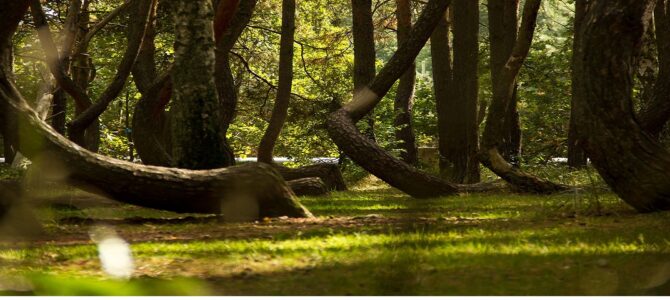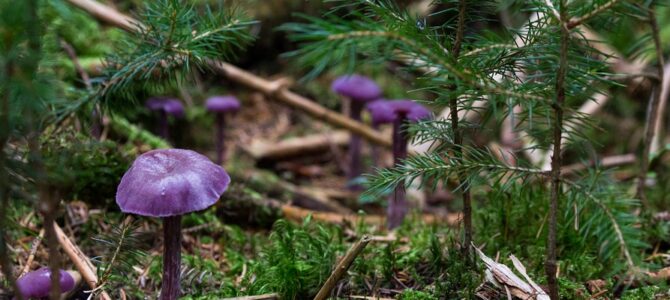Social-emotional learning (SEL) is simultaneously a product and a process, focused both on what we learn and how we learn it. It involves understanding and developing intrapersonal and interpersonal skills and placing a more intentional focus on making thoughtful and responsible decisions.
Until the last few decades, the teaching and learning of SEL skills was largely overlooked or left to chance. Many adults would agree that they were never directly taught how to identify or express emotions, how to look at a situation from another person\'s perspective, or why it would be important to do so, and these skills and abilities were left un- or at least under-developed.
Over the past decade and a half, many schools began to recognize the connections between social-emotional learning and academic success and initiated a commitment to educate the whole child. Self-awareness, self-regulation, social awareness, relationships skills, and healthy decision-making have taken their place alongside and in conjunction with more traditional school subject matter such as language, math, and sciences.
Most recently, SEL skills have come under suspicion. They have been misrepresented as a cover for teaching Critical Race Theory and Comprehensive Sex Education to children. While strong social and emotional skills can support both children and adults as they engage in complex conversations about race, sexuality, and gender identity, they are not interchangeable, nor are they being implemented with the goal of manipulation or falsification. Rather, social-emotional skills provide a much-needed foundation for finding common ground. Regardless of where a person falls on a political, ideological, religious, gender, sexuality, or racial spectrum, all individuals can benefit from skills that promote empathy and communication. The ability to problem-solve, to work as a team, to be resilient, and to navigate change and ambiguity are essential for human survival. We can view these skills as tools to help society emerge from the pandemic, bridge cultural and political divides, and prevent violence. But on the way toward tackling such complexities, we have to be able and willing to know and share our own views, hear opinions with which we agree and disagree, and be able to move beyond impasses while maintaining respect for ourselves and others. SEL skills can unite us in this work.
All learning is social and emotional. If we embrace this truth together and allow schools and out-of-school programs to equip students with the skills needed to navigate the world that has been created for them, we can help to facilitate the change that is so desperately needed. While correlation does not imply causation, the relative historical absence of intentionally teaching SEL has coincided with our arrival at some very divided places. Rather than leave the next generation unprepared to succeed in the society they will inherit, we can assist by giving them the foundational abilities to understand themselves and others, to think critically, and to communicate honestly and respectfully. Thoughtful instruction in these essential competencies can give children and adolescents the best chance to successfully navigate the inevitably bumpy path toward a more hopeful future.




